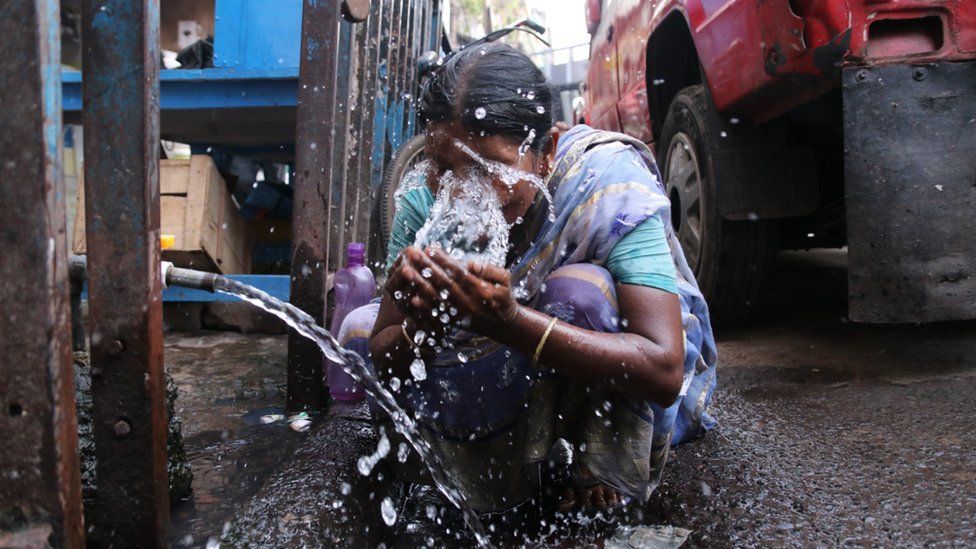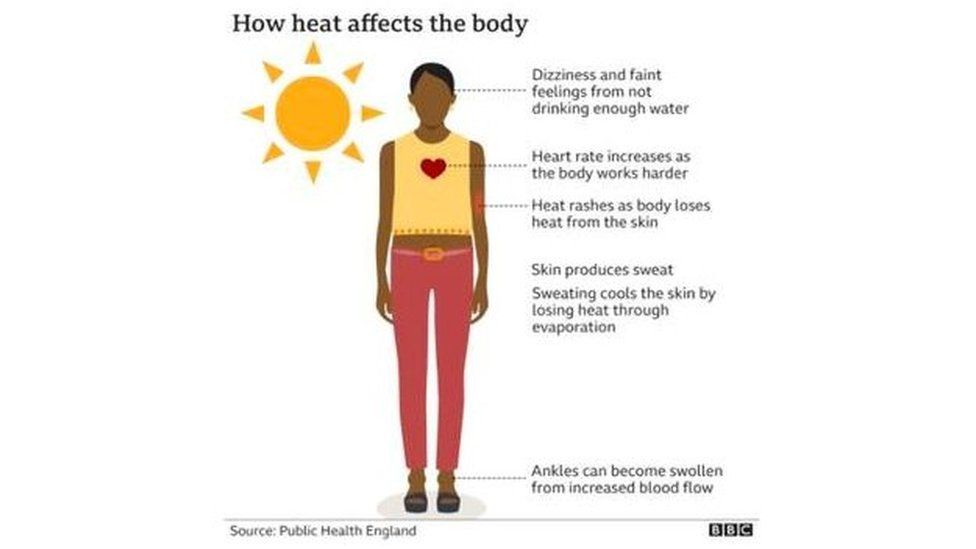Indian Summers -- Nothing to Envy
Indian Summers -- Nothing to Envy

"We are seeing increasing incidents of fires in various places -- in jungles, important buildings and in hospitals -- in the past few days."Indian Prime Minister Narendra Modi"Rarely it happens that nearly the whole country -- is reeling under [a] heat wave.""[The heat was] unbearable [with Mumbai temperatures hitting 37C on Wednesday]."Arpita Mondal, Hydroclimatologist, Indian Institute of Technology Bombay"Poor people have fewer resources to cool down as well as fewer options to stay inside, away from the heat.""Heatwaves can have serious health consequences. If temperatures are high even at night, the body doesn't get a chance to recuperate, increasing the possibility of illnesses and higher medical bills.""Our buildings are made in such a way that they trap heat instead of ensuring ventilation. There is so much innovation internationally that we can learn from.""We are doing some things right but it's time to up our game - because we have to live with the heat."Dr Chandni Singh, senior researcher, Indian Institute for Human Settlements
 |
| Summer began early this year in India Getty Images |
Climate
change is being cited as causing a heat-wave phenomenon that might have
been expected to recur once in every fifty years, to update it to
occurring far more frequently, in India. "But now it is a much more common event — we can expect such high temperatures about once in every four years", warned Friederike Otto, a climate scientist at the Imperial College of London.
"Temperatures are rising rapidly in the country, and rising much earlier than usual", confirmed India's Prime Minister Narendra Modi. According to a report published by the medical journal The Lancet in
2021, this new extreme heat vulnerability for India increased by 15
percent in the last two decades. India ranks among the top five
countries where its elderly and the indigent poor face the greatest
exposure to extreme heat conditions. Both India and Brazil share the
distinction of having the highest heat-related mortality world-wide.
The
impact is wide-spread. India's farmers in Punjab state, northern India,
saw crops shrivel in a spring that was unusually cool, a condition that
abruptly transitioned to relentless heat. Agricultural yield has been
hard hit. Traditionally, Punjab is recognized as the 'grain bowl' of
India. Farmers are bracing for a 25 percent reduction in their incomes,
through reduced agricultural sales of crops that have failed to come to
market.
The
vast stocks of grain that India had to rely upon in times of shortages
exceeding its domestic needs as a buffer against the spectre of famine
have been seriously reduced since the pandemic. Strained by government
distribution of free grain to around 800 million people, representing
food-vulnerable people such as migrant workers, during the era of the
pandemic. "We are no longer with that kind of a surplus . . . with exports now picking
up, there would be a lot of pressure on the domestic availability of
wheat", said Devinder Sharma, an agriculture policy expert in northern Chandigarh city.
A
heat wave so intense that temperatures have soared up to 45C in New
Delhi. A heat wave so hot that spontaneous combustion is taking place in
vast garbage dumps. The toxic air in the capital, known as the globe's
most polluted, further exacerbated at the very same time that India is
attempting to cope with its most serious electricity shortage in over
six years.
 |
| An
early summer heat wave has swept across India bringing temperatures
over 40 C for more than a billion people. The country endured the
hottest March on record this year CBC/Still from video |
Large
areas of both India and Pakistan have been swept through with the
brooding, intense heat, following hard on the hottest March since the
India Meteorological Department began record-keeping 122 years ago. Six
districts in West Bengal were recorded with five degrees above normal;
the lack of rain in the state capital of Kolkata making the situation
even more intensely unbearable.
Health
scientists point to the fact that over a billion people are at risk of
health impacts from the extreme heat, with temperatures in New Delhi
forecast to remain around 44C into Sunday. When the heat recedes it will
be only temporary since what will follow will be peak summer heat until
June when cooling monsoon rains arrive.
Indian
officials described landfill fires caused by spontaneous combustion,
with calls to fire departments rising at this time of year typically,
but in the present situation over 140 a day have increased from an
average of 60 to 70, according to the director of fire services in New
Delhi. At the Bhalswa landfill site rising above the north-western ridge
of the city, firefighters struggled to extinguish a blaze the fumes of
which forced a school located nearby to close.
The
increased electricity demand -- the fastest pace in almost four decades
-- went hand-in-hand with the heat wave and an increase in economic
activity. A fuel supply crisis is worsening a shortage of trains
transporting coal. Millions of blue-collar workers, construction and
farm labourers and factory workers are at great risk, thanks to the
unprecedented heat.

Labels: Crop Shortages, Heat Wave, Heat-Induced Health Threats, India

<< Home